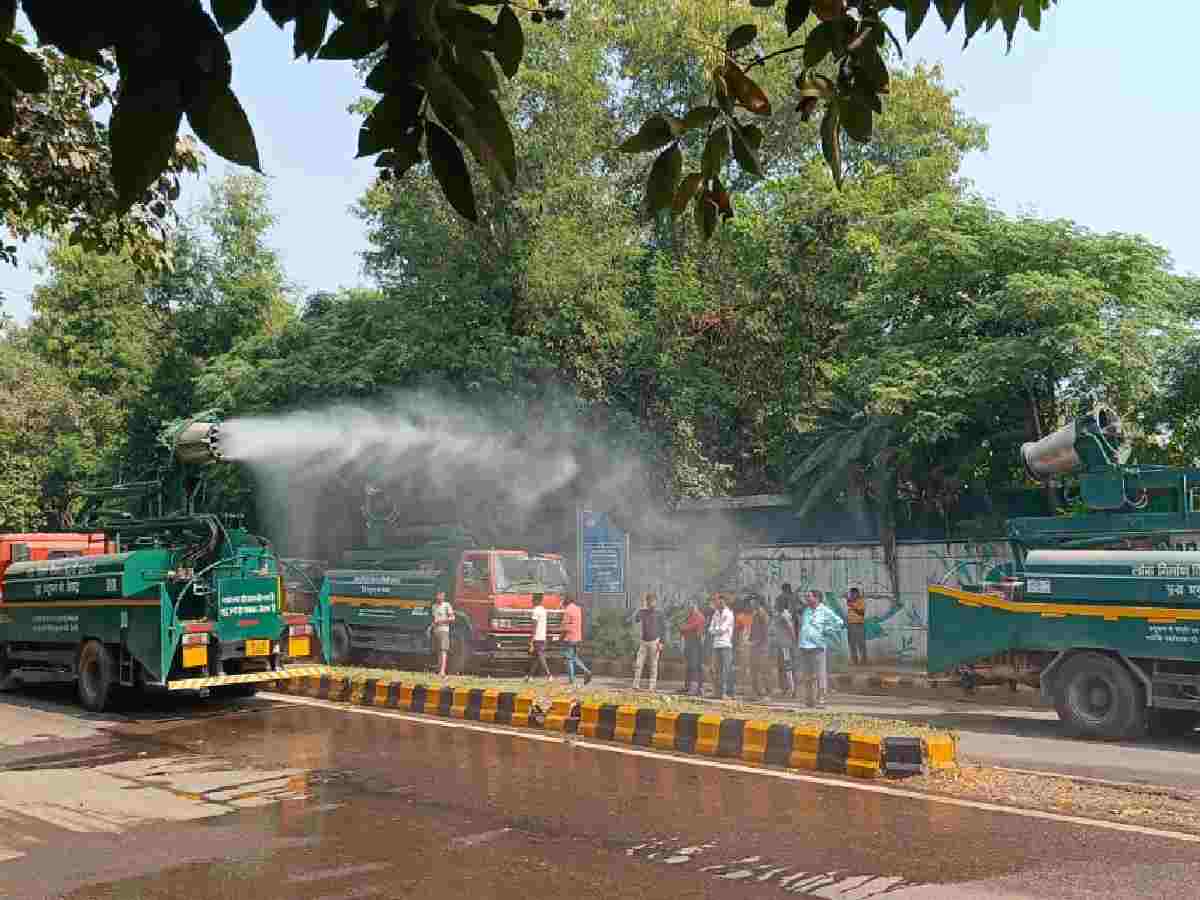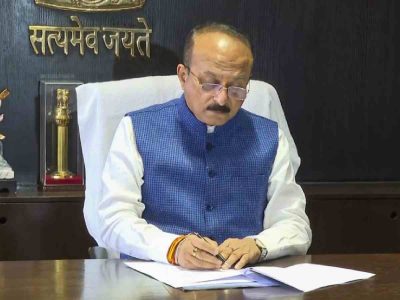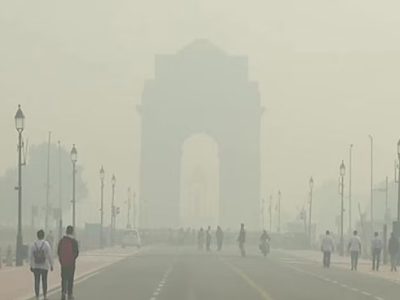Green War Room is a key initiative launched to combat air pollution in Delhi through coordinated monitoring, rapid response, and comprehensive data collection.
Implemented as part of a multi-faceted approach, Green War Room works as a centralised hub for tracking, analysing, and addressing pollution through a “Seven-Point Action Plan.” This plan involves diverse strategies that use advanced technology, real time data analysis, and direct public engagement to manage and mitigate pollution sources across the city.
A senior Delhi Government official said there has been a notable improvement in the number of days with good to moderate air quality in the city, adding that the Green War Room has resolved nearly 88% of complaints promptly. Operating on a Seven-Point Action Plan to curb air pollution in the capital, the initiative has led to significant improvements over the past decade, the official pointed out.
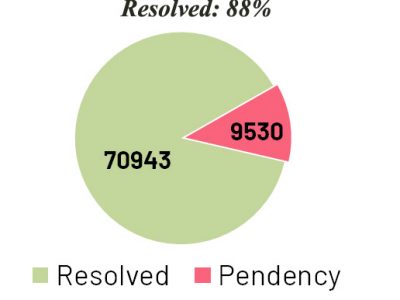
“Since 2014, PM10 levels have dropped by 32%, from 324 µg/m³ to 219 µg/m³ in 2024, while PM2.5 levels decreased by 29%, reaching 106 µg/m³. The total number of days with a satisfactory AQI has increased by 87% since 2016, when there were 110 such days. By 2023, this figure had risen to 206 days, indicating a significant improvement in the overall air quality experienced by Delhi residents”, he said.
“Moreover, the average annual concentrations of PM10 and PM2.5 at the 13 identified pollution hotspots across Delhi have also seen a steady decline. Between 2018 and 2023, PM10 levels in these areas decreased by 22%, dropping from 309 µg/m³ to 242 µg/m³. Likewise, PM2.5 levels have seen an 18% reduction, from 138 µg/m³ in 2018 to 113 µg/m³ in 2023. This progress underscores the positive impact of targeted pollution control measures in the city’s most affected areas”, he said.
“Continuous monitoring by the Green War Room has contributed to a significant reduction in residue burning events across the northern states from 2021 to 2023. In 2021, Punjab recorded a high of 71,089 residue burning incidents, with Haryana, Uttar Pradesh, and Delhi reporting 6,980, 4,209, and 4 incidents, respectively”, the official explained.
“By 2022, these numbers had decreased considerably; Punjab saw a drop to 49,775 cases, Haryana recorded 3,660, Uttar Pradesh 3,016, and Delhi 10 incidents. The positive trend continued in 2023, as Punjab’s residue burning events further declined to 36,449, Haryana registered 2,229, and Uttar Pradesh had a slight increase to 3,963. Delhi’s cases remained minimal, recording only 4 incidents. This downward trend in residue burning reflects the effectiveness of coordinated efforts and real-time monitoring in mitigating agricultural residue burning, which is a major seasonal contributor to air pollution in the region”, he said.
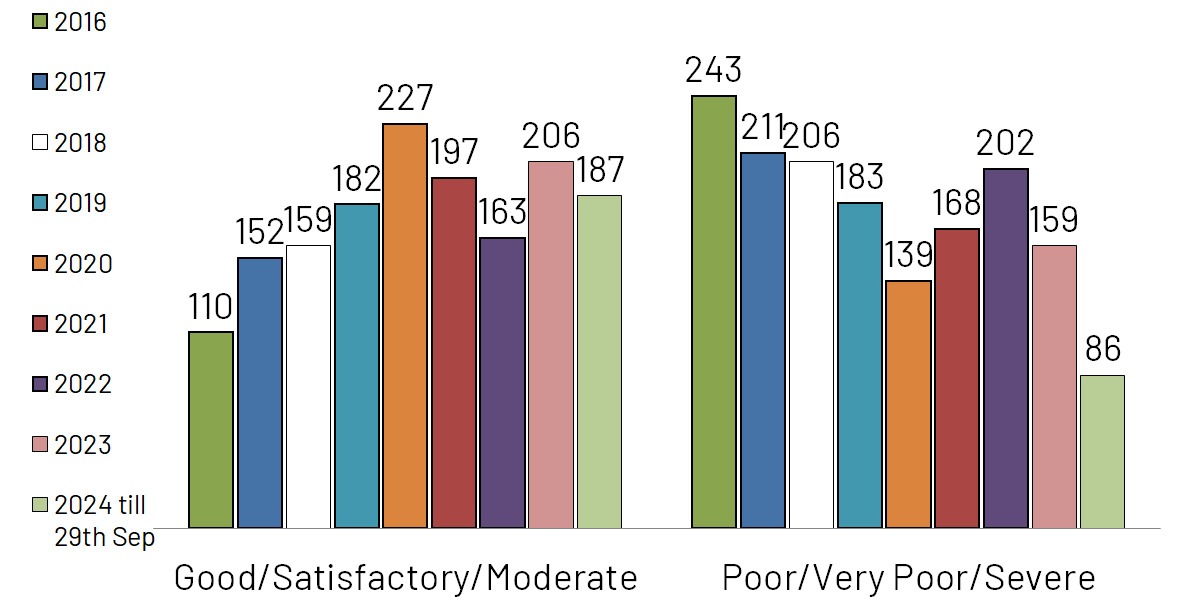
“Looking ahead, the Green War Room plans to strengthen its efforts further by deploying drones to monitor pollution hotspots across Delhi. This advanced monitoring technology will enable quicker identification and response to pollution sources. Furthermore, thanks to rigorous surveillance, over 110 defaulters were penalised by authorities for non-compliance with pollution control norms, a senior official confirmed. These combined efforts reflect a sustained commitment to making Delhi a cleaner and healthier place to live”, a senior official added.
How does it work?
The Seven-Point Action Plan of the Green War Room comprises several targeted steps to monitor and control air pollution. This plan is a proactive approach that emphasises real-time intervention and efficient data-driven decision-making.
Also Read: Mothers step up as air pollution endangers children’s health
Drone Monitoring
The facility deploys ten drones over 13 city hotspots to monitor pollution sources like construction dust, illegal waste dumping, and open burning. Using orthorectified imagery (ORI), the drones capture detailed visuals, enabling authorities to identify and document pollution sources. The drones operate for 15 days, allowing systematic inspection and creation of a pollution inventory to assess intervention effectiveness.
Source Apportionment
One of the critical functions of the Green War Room is conducting source apportionment studies. Partnering with IIT Kanpur, a consortium was formed to establish real-time source apportionment and forecasting capabilities. Through the use of a supersite air quality station (AQS), mobile air laboratories, and unmanned monitoring networks, source apportionment helps identify specific pollutants and their origins, such as vehicle emissions, industrial activity, or construction dust.
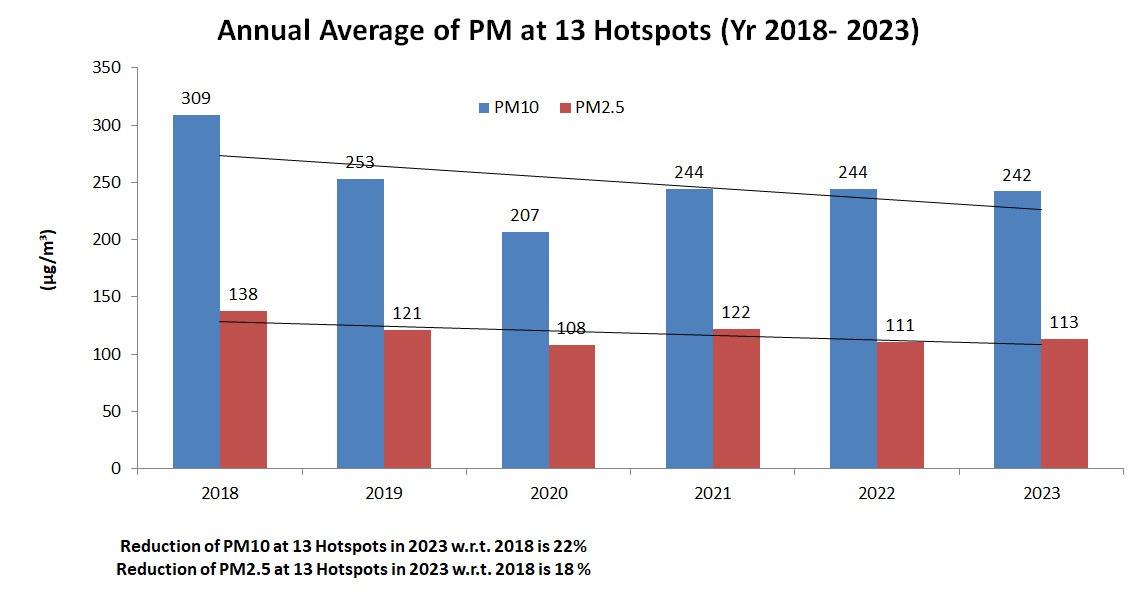
This scientific approach enables authorities to tailor strategies based on the specific pollution contributors, strengthening evidence-based policies for cleaner air.
Paddy residue satellite monitoring
In the post-harvest season, “parali burning” of paddy residue significantly contributes to air pollution. Green War Room uses satellite remote sensing to monitor this in real-time, identifying affected areas and enabling timely interventions. Authorities then coordinate with agricultural bodies to promote alternative residue disposal methods.
Data compilation
The facility consolidates data from 24 Continuous Ambient Air Quality Monitoring Stations (CAQMS) across Delhi. The stations gather data on key pollutants, including particulate matter (PM2.5 and PM10), nitrogen dioxide (NO2), and sulfur dioxide (SO2). The Green War Room compiles and analyses data to maintain continuous air quality records, identify trends, and track pollution distribution over time and location, enabling real-time reporting and proactive responses.
Monitoring of hotspots
The Green War Room closely monitors 13 city pollution hotspots, areas with high pollution due to traffic, construction, and waste burning. Tailored interventions are applied, such as strict dust control at nearby construction sites and road maintenance to reduce dust from unpaved shoulders and potholes.
Daily AQI bulletin
The facility issues a daily Air Quality Index (AQI) bulletin, which provides current air quality status to the public. This daily report educates residents about pollution levels in their vicinity, allowing them to take necessary precautions.
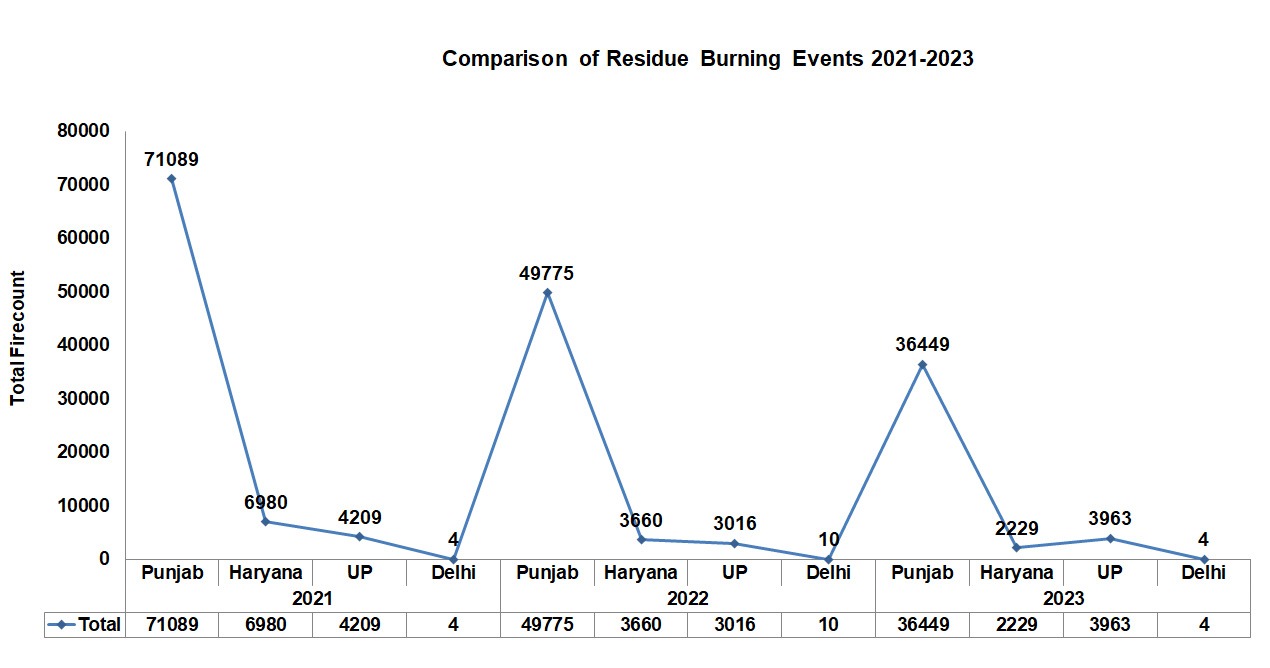
The AQI bulletin promotes transparency by informing citizens about government actions and air quality improvements. Regular updates enhance public awareness and encourage participation in pollution reduction efforts.
Drone-based monitoring
Drone-based monitoring, a significant component of the Seven-Point Action Plan, involves using drones to inspect 13 identified pollution hotspots. Over 15 days, drones collect orthorectified imagery, allowing for precise data collection on pollution sources. This mapping exercise covers key factors such as dust emissions from construction and demolition sites, illegal waste dumping, open burning, traffic congestion, and road conditions. Drone-collected data is crucial for cataloguing pollution sources, enabling targeted enforcement and mitigation strategies. Besides capturing current sources, drones also evaluate the impact of past interventions, assisting in assessing measures to reduce pollution in hotspots.
Grievance Redressal Platform
To enhance public engagement, the Green Delhi App provides a platform for citizens to report pollution-related concerns. Launched in October 2020, the user-friendly app allows residents to submit complaints about issues such as open burning, waste dumping, and dust emissions from construction sites. The Green War Room coordinates these complaints with relevant departments to ensure timely action, strengthening community participation and improving governmental responsiveness.
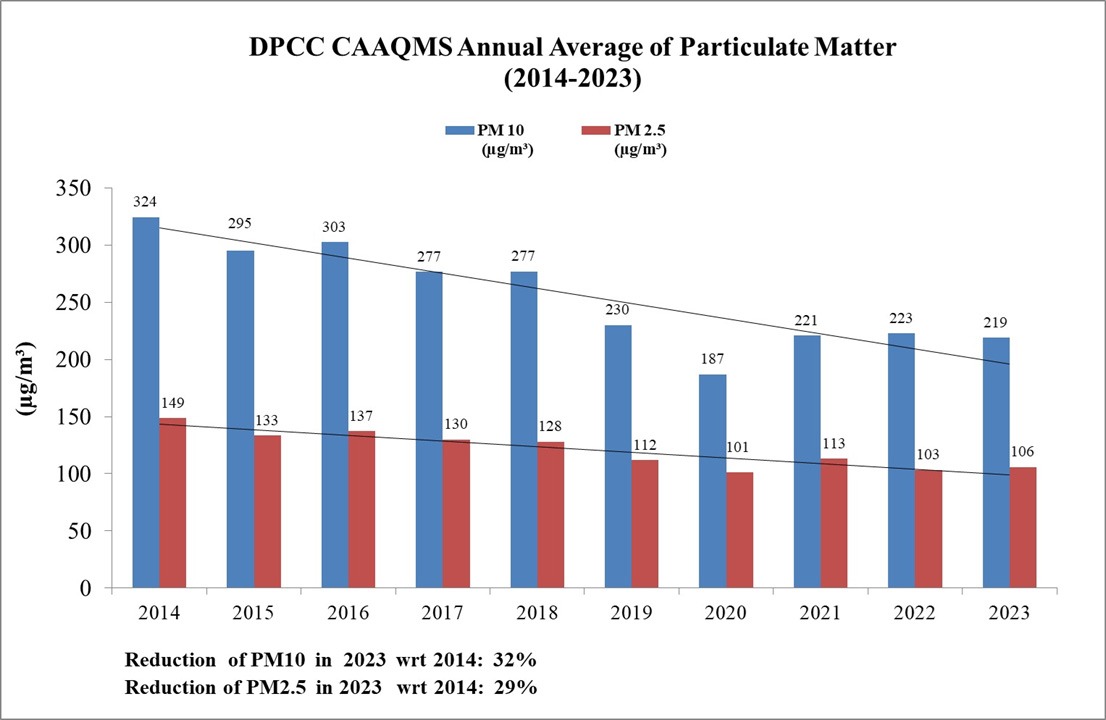
With a 24/7 support system, the app has successfully resolved over 88% of more than 80,000 complaints received. By facilitating this grievance redressal system, the Green Delhi App empowers citizens to actively participate in pollution management while enabling efficient inter-departmental coordination for prompt resolutions.

